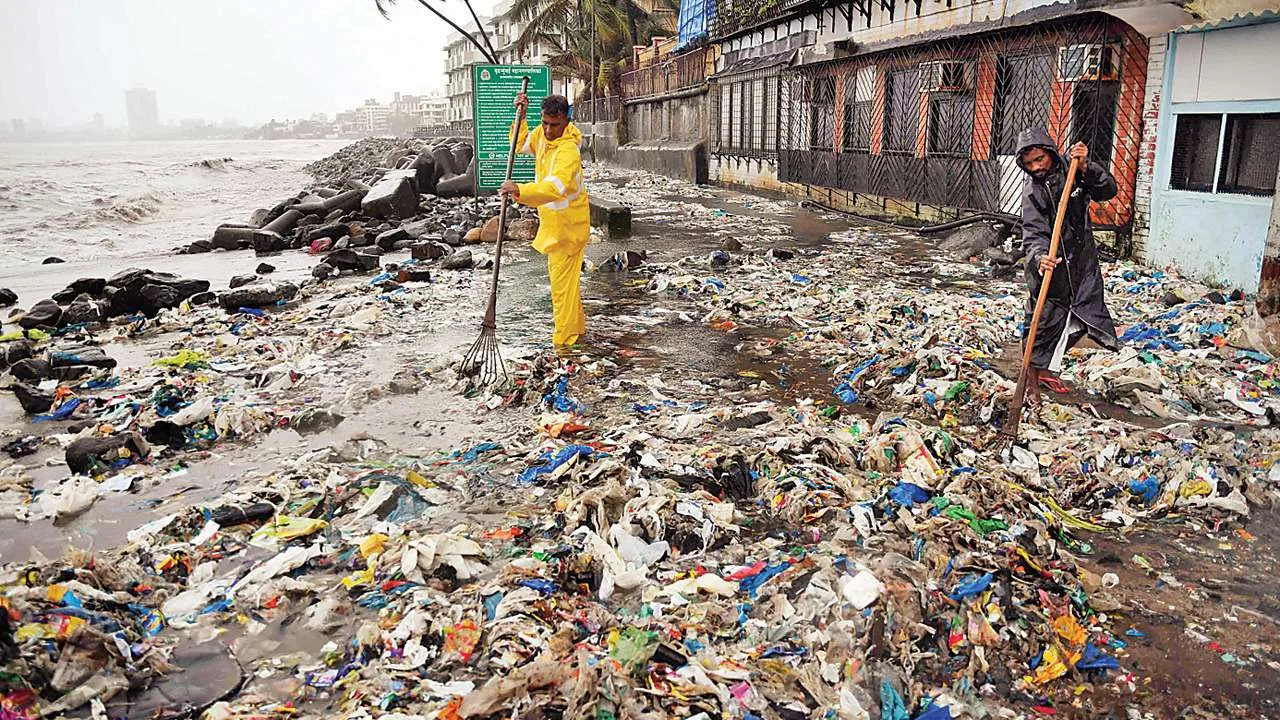A city slowly drowning in its own filth, glittering skyline lies a grim reality!
Mumbai, often hailed as the “City of Dreams”, is slowly turning into a nightmare for its residents, not because of crime or inflation alone, but due to the worsening conditions of hygiene and sanitation. From overflowing garbage bins to foul-smelling drains and polluted air, the city seems to be suffocating under its waste.
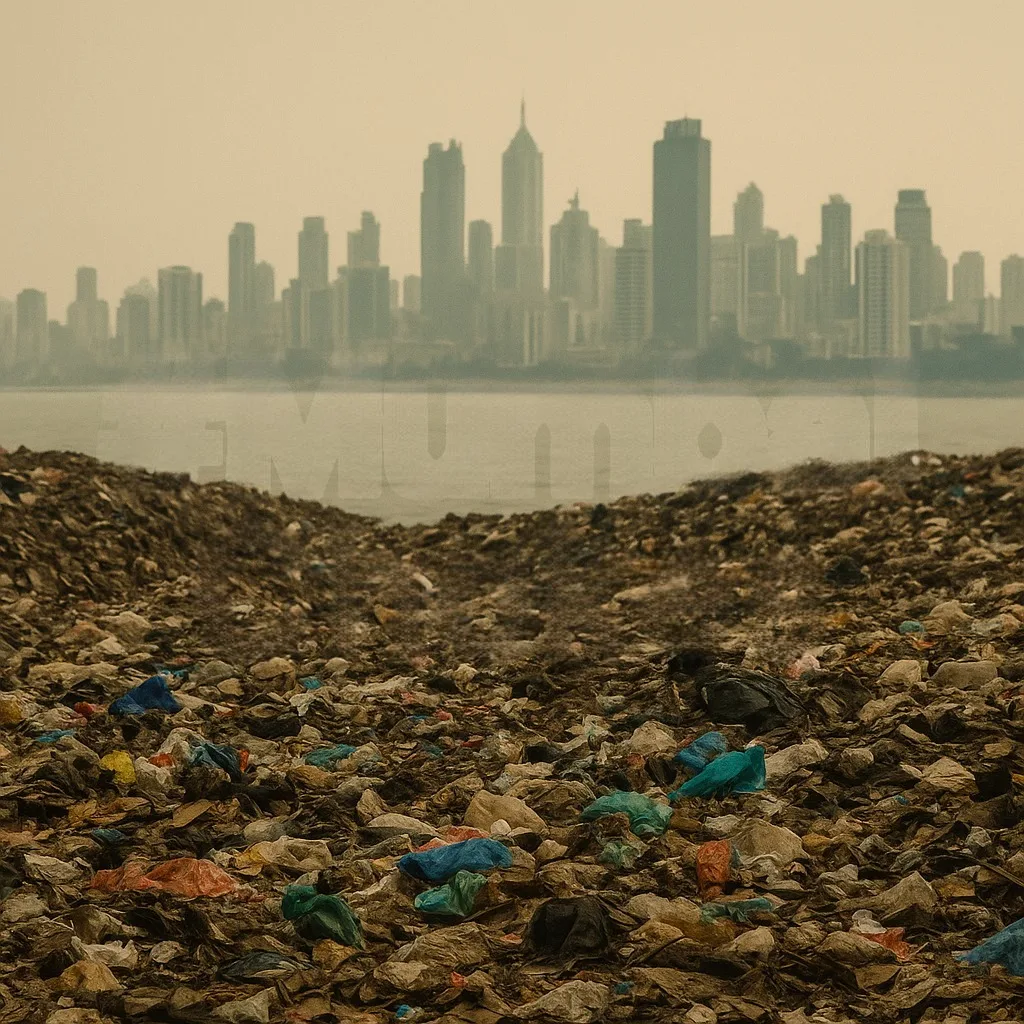
Everywhere, there’s a foul stench and a filthy atmosphere that makes the surroundings even more unbearable. Mumbai, often hailed as the city of dreams, is slowly transforming into a city buried under its own garbage. For lifelong residents, like many in its bustling suburbs, the romanticism once associated with Mumbai has faded beneath the stench of neglect. Every day, citizens step out not into the aroma of opportunity, but into the foul air rising from choked drains, uncollected trash, and stagnant sewage that festers in the corners of every lane.
Once, people proudly walked through the city’s streets, even if pothole-ridden—energised by the life pulsing all around. But now, that life feels more like a disorder. Garbage lies piled along the roads. Public dustbins, when they exist at all, are often overflowing. Stray animals dig into rotting leftovers, and ragpickers, many of them children, sort through the filth with bare hands, unseen by a society that has long stopped caring.
The rot is not only visible but deeply olfactory, sour, persistent, and almost furious. In many neighbourhoods, what were once vacant lots have become unofficial dumping grounds. One such spot began with a few plastic wrappers and food scraps, but over time it became a festering landfill. Despite occasional cleanups by the municipal corporation, the neglect always returns, and these dumps become permanent symbols of urban failure.
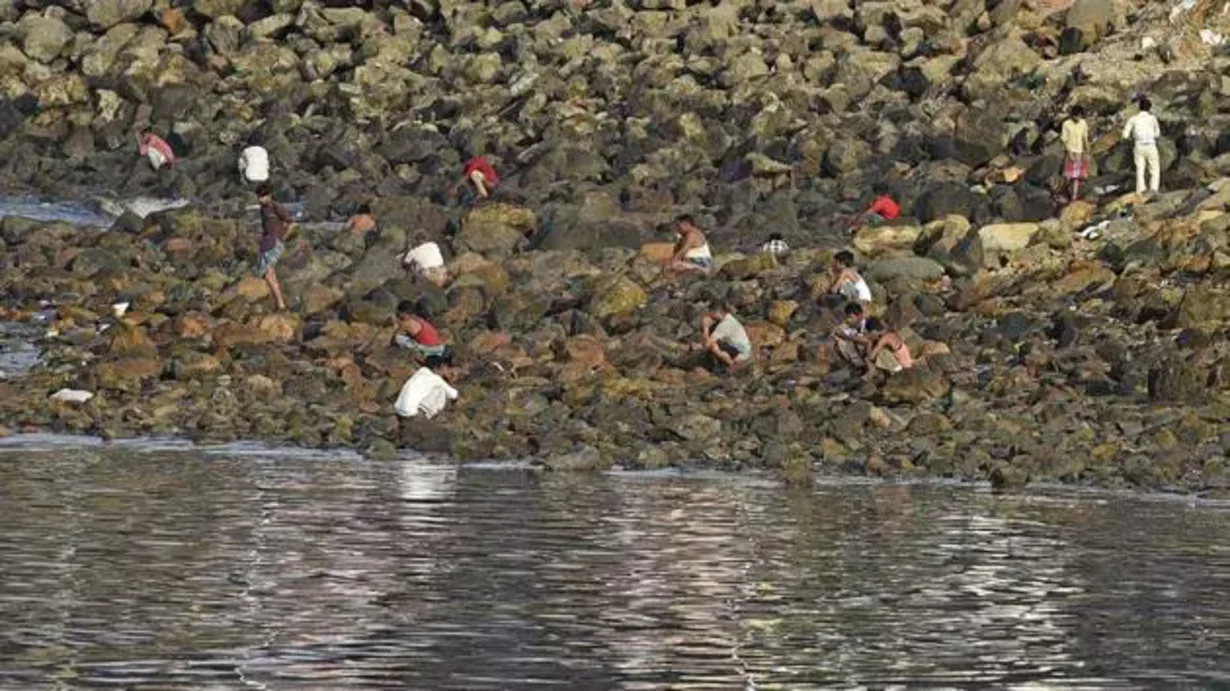
For some, the consequences have been more than just unpleasant. One resident recalled slipping on a sludge of trash and mud one monsoon morning, leading to a week-long recovery from a twisted ankle. But the real injury was mental, a new awareness of the daily decay: the flies hovering near food stalls, the mosquitoes breeding in water-filled potholes, and children playing barefoot next to open sewage.
It is not only the authorities who are to blame. Citizens, too, have played a role in Mumbai’s slow descent. Garbage is discarded wherever convenient. Few speak out when others litter. Social media and drawing-room conversations are filled with complaints, but meaningful action is rare. A resident once confronted a woman tossing a plastic cup from her car, only to be told, “The cleaners will pick it up.” Alas! That careless mindset has taken deep root in society.
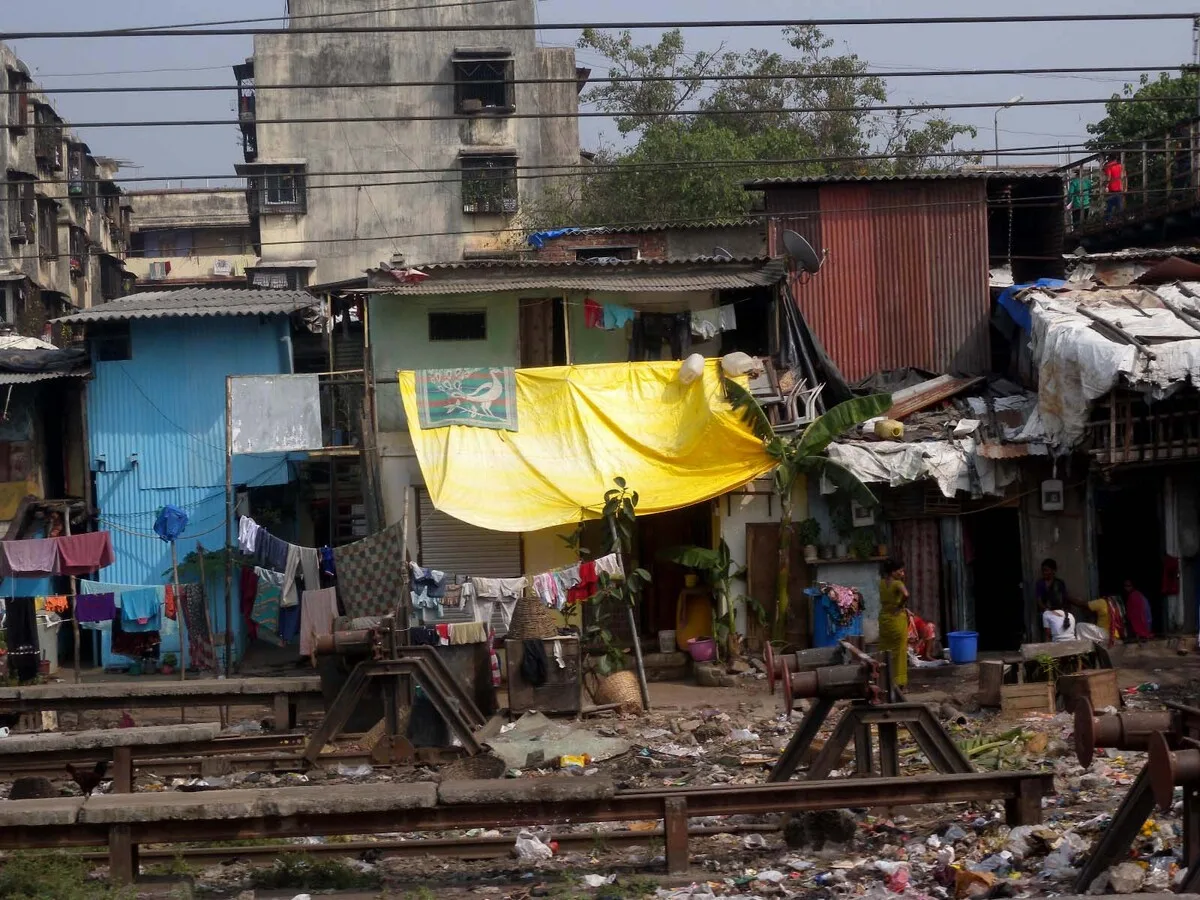
Efforts have been made, complaints filed, emails sent, cleanliness drives joined, but the problem feels insurmountable. Mumbai’s vastness is matched only by the depth of its waste problem. From the overflowing nullahs of Andheri to the packed lanes of Dharavi, from elite neighbourhoods discreetly managing their garbage to crowded markets overwhelmed by decay, the filth is everywhere.
The city deserves better. Its people deserve better. Mumbai has given countless individuals their dreams, careers, and independence. In return, it is being slowly suffocated by plastic and indifference. The burden cannot rest solely on the authorities; collective action is the need of the hour. Perhaps it’s time for everyone to get their hands dirty—literally—to reclaim the city that once inspired hope. Because today, Mumbai isn’t just dirty. It’s desperate. And its cries are growing louder each day. While massive budgets are allocated to WiFi networks, coastal roads, and Metro lines, millions still carry a mug of water into the open just to relieve themselves, an everyday reminder that progress here has a blind spot.
Mumbai’s civic body claimed last year it had rid the city of open defecation, a claim that has since been disputed by the state government. Which of them is right then? The answer lies right under our noses, in every corner of this city, in its crowded slums, around its swanky high-rises and with those people who call its streets their home. Several spots, behind the iconic Taj Mahal Palace in Colaba, bang in the middle of posh Bandra, opposite Antop Hill’s Vidyalankar College, and found open land and footpaths doubling up as toilets.
The hunt for loos
Mumbai is not the only Indian city where people relieve themselves in the open. In a 2016 survey, found 4.10 crore people in India practice open defecation. But Mumbai is a huge contributor to that number, what with more than half its population living in slums. The Brihanmumbai Municipal Corporation claimed otherwise in December 2016, when it declared the city was free of open defecation. There were caveats to this claim, it excluded land under the Railways, defence land, port land and Aarey Colony in Goregaon.
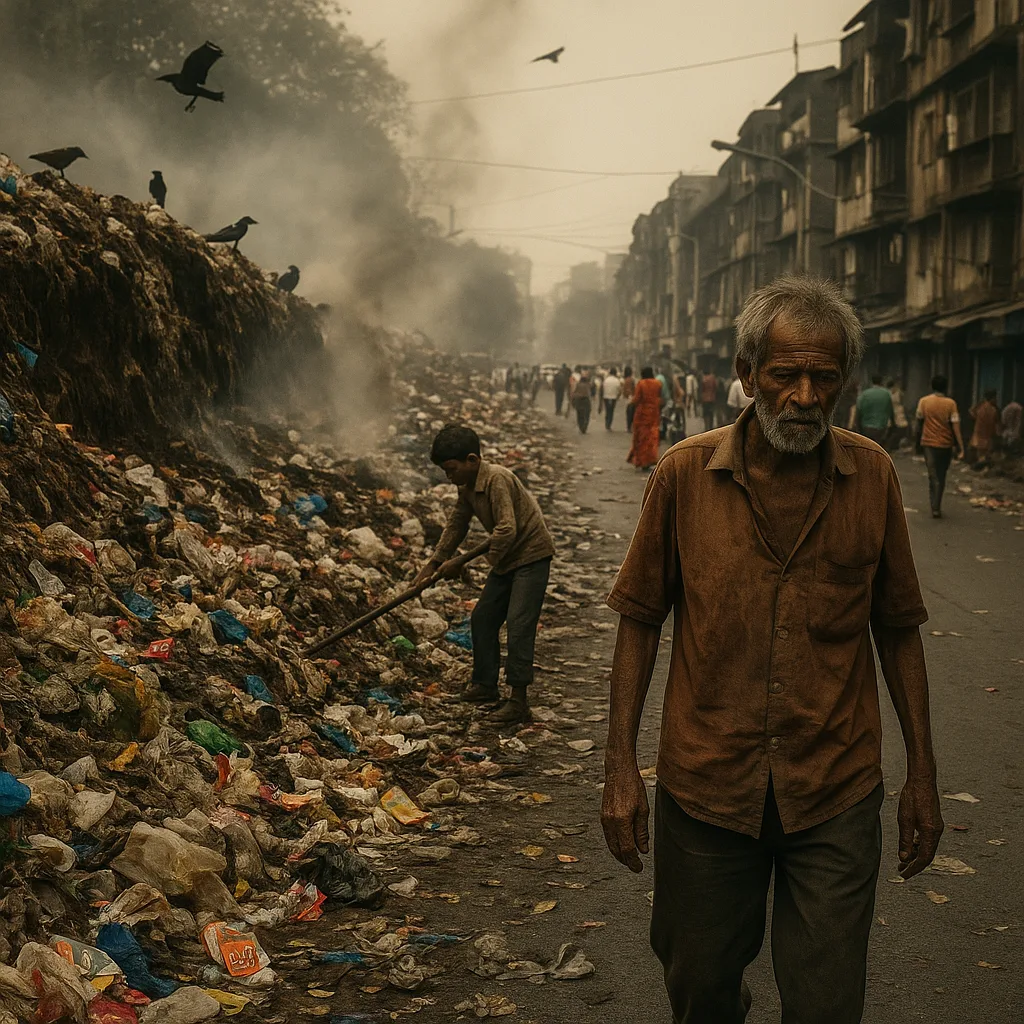
To name just a few spots where we found no toilets, dirty toilets, under-construction (for months) toilets and toilets that were torn down. Several other independent surveys said there were at least a 100 spots where open defecation persists, and this is a modest estimate. So, even as the government sets up city-wide WiFi and plans multi-crore projects to make Mumbai a global city, a large number of people are still without clean toilets.
Why is Indore the cleanest city, not other cities of India?
Indore has been declared the cleanest city in India multiple times, and this is not a coincidence. The main reason behind Indore’s success is its strong waste management system, dedicated citizens, and a government that treats cleanliness as a serious responsibility, not just a slogan. Unlike many other cities, where garbage is seen lying on roads or overflowing from bins, in Indore, waste is collected door-to-door from every household, every day, without fail.
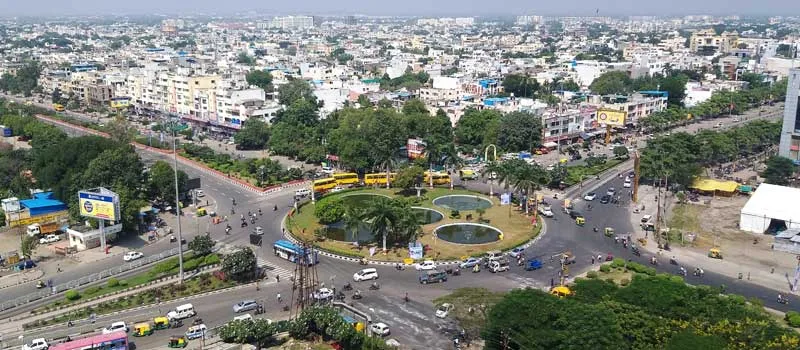
The city has a strict system of waste segregation, where people are required to separate dry and wet waste at home. This waste is then sent to separate processing plants, reducing the load on landfills and helping in recycling. This simple step is ignored in many other cities where waste is thrown together, making it harder to manage. Another big reason Indore stands out is its focus on public participation.

